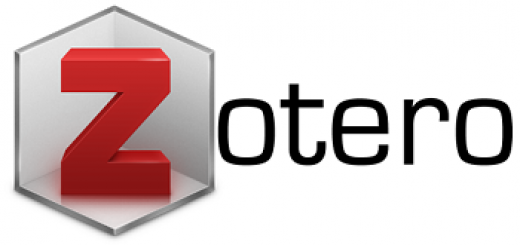Home >
IMPLEMENTATION OF THINK TALK WRITE (TTW) LEARNING MODEL TO IMPROVE STUDENT LEARNING OUTCOMES IN LEARNING GEOGRAPHY CLASS XI IPS 2 MA ALKHAIRAAT TONDO >
Reader Comments >
Betonred: A Comprehensive Guide to...
User
Information














Betonred: A Comprehensive Guide to Understanding and Utilizing this Specialized Concrete
by Antony Delaney (2025-06-06)
| Post Reply
Its unique color makes it a versatile material for artistic expression. Specialty Projects: Betonred is also used in more specialized projects, such as art installations, sculptures, and themed environments.
The term "Betonred," while sometimes used as a general descriptor, often refers to specific proprietary mixes or products offered by different manufacturers. These mixes might incorporate specialized admixtures or aggregates to enhance color vibrancy, durability, or workability. Therefore, it's crucial to understand the specific composition of the Betonred product being considered for a project.
The use of SCMs in Betonred can also contribute to sustainability by reducing the amount of cement required. Sustainability: While Betonred may have a higher initial cost, its longer lifespan and reduced maintenance can lead to significant long-term cost savings and a reduced environmental footprint.
The type, size, and color of the aggregates can influence the overall appearance and texture of the Betonred. The type of cement used can significantly impact the final color of the Betonred. Portland Cement: The binding agent that hydrates and hardens, creating the concrete matrix. The selection of pigments is crucial for achieving the desired aesthetic and ensuring long-term colorfastness. White Portland cement is often preferred for lighter, brighter colors as it doesn't impart the greyish tone associated with standard grey cement.
Aggregates: These are inert materials, such as sand and gravel, that make up the bulk of the concrete mix. Common pigment types include:
Iron Oxides: These are the most widely used pigments, offering a range of earthy tones like reds, browns, yellows, and blacks. Lighter-colored aggregates are generally favored to minimize their impact on the chosen pigment's hue.
Water: Essential for the hydration process of the cement, water quality and quantity directly influence the strength and workability of the Betonred mix.
Pigments: These are finely ground, insoluble particles that provide the desired color. Air-entraining agents are also commonly used to improve freeze-thaw resistance, particularly in colder climates. They are relatively inexpensive and provide excellent UV resistance.
Titanium Dioxide: This white pigment is used to lighten other colors or create pure white Betonred.
Chromium Oxides: These pigments produce green hues.
Cobalt Oxides: These pigments offer blue shades.
Admixtures: These are optional components added to the concrete mix to modify its properties. Superplasticizers are frequently used to increase workability without adding excess water, leading to a stronger and more durable Betonred. Admixtures can improve workability, accelerate or retard setting time, enhance durability, or reduce water demand. High-quality pigments are UV-resistant and chemically stable, preventing fading or discoloration over time.
Color Pigments: Integral color is a fundamental aspect of many Betonred products. These pigments are usually finely ground metal oxides or synthetic colorants specifically chosen for their lightfastness, alkali resistance (essential in the highly alkaline environment of concrete), and ability to disperse evenly throughout the concrete mix or surface treatment. The choice of pigment dictates the final color of the treated concrete, allowing for a wide spectrum of design options.
It can add a bold statement to buildings and create visually striking designs. Architectural Concrete: Betonred is frequently used in architectural concrete applications, such as facades, precast panels, and decorative elements.
Variations in pigment concentration, mixing time, and curing conditions can lead to noticeable color differences. Color Consistency: Achieving consistent color throughout a large project can be challenging.
While often considered an aesthetic defect, understanding the underlying causes of betonred is crucial for preventing its occurrence and ensuring the longevity and durability of concrete structures. Betonred is not a single, well-defined chemical compound, but rather a descriptive term used in the concrete industry to refer to a family of reddish or pinkish discolorations that can appear on the surface of concrete. These discolorations are primarily caused by the formation and deposition of hydrated iron oxides, also known as rust, and other iron-containing compounds.
Add comment